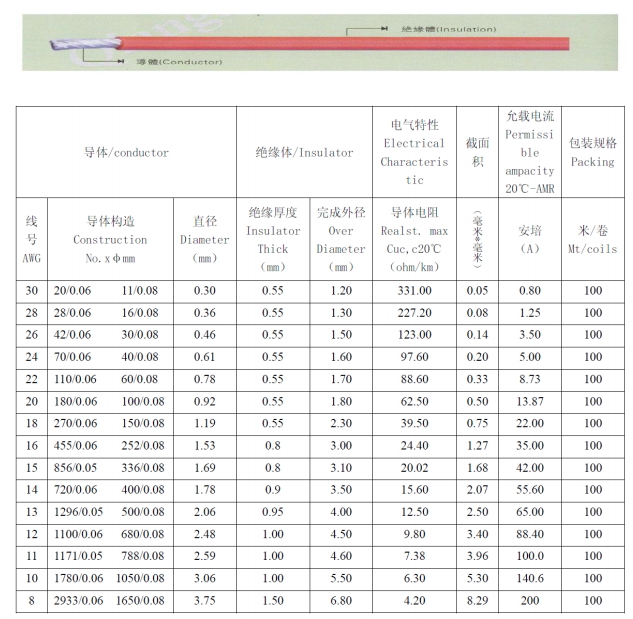wafflejock
Well-Known Member
The values are all kind of relative since it depends on the environmental conditions (temperature mainly) around the cell how the chemistry will play out and how much resistance the battery will create against the current https://batteryuniversity.com/learn/article/rising_internal_resistance, long story short can compare against known good pouch battery used to power the quad and see what the difference is between the cells given your measuring device and environment and compare them, like you can see in the link above it should be somewhere around 60-100milli-ohm across the whole pack (about 12-20mOhm per cell is usually what I see on my quad batteries, lower the better). You'll really want to use this to make sure the cells with the closest internal resistance to each other end up in p-groups together to guarantee similar discharge rates from all the cells in the group.how can I check specs using IR value? the iMAX B6 Mini measures it but which value should I get?
If seller guarantees me the specs I'll try and if it is not I'll ask for refud
Last edited:



